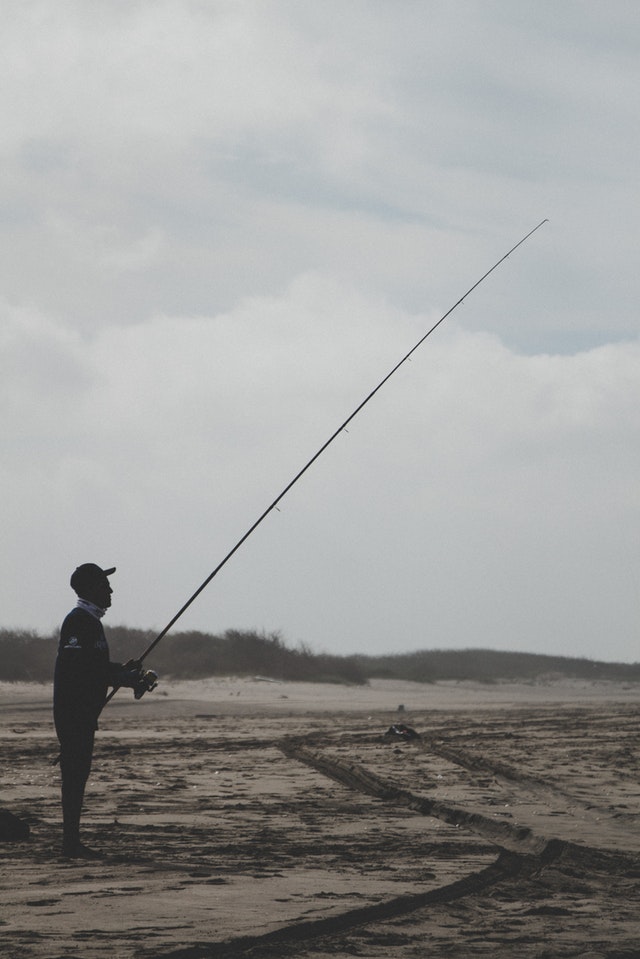Tip Top Rods Guide
Tip Top Rod Guides
On the off chance that picking a quiver tip gives you a chance to tremble in perplexity, don't be apprehensive, our guide will evacuate the riddle and take care of every one of your issues, taking a gander at the Tip on your light concentration Rod turn is sure to get your heart dashing. In any case, choosing the right tip for a specific angling circumstance can mean the contrast between a red letter day and a white one.
Here is a rundown of elements that influence the tip decision:
Casting weight
The heavier the heaviness of the feeder/light, the more grounded the tip must be. On the off chance that you utilize too light a tip, it will either not toss the weight legitimately or, more regrettable still, really break on the mortar!
Stream or Undertow
In the event that the tip is dragged appropriate, by the stream on a waterway or undertow on a Stillwater, you won't have the capacity to see the nibbles. You should advance up the quality of the tip to adjust.
Size of fish
On the off chance that you point timid gnawing silver utilize a light end. For bigger species, for example, carp, Tench, and Barbeau, you should utilize a heavier tip. The nibbles of these species are not timid and they will regularly attempt to pull the stem in.
Tips Explained Power
All tips have a test bend or ostensible protection. A test bend is the measure of weight it takes to twist the tip to 90 degrees. The glass tips have a tendency to be 2oz or less, while the carbon bits can be a solid one like 6oz.
Propelled Equipment
Tips are produced using two kinds of materials, carbon or fiberglass.
The carbon closes are stiffer and normally have more noteworthy ostensible protection (2oz to 6oz).
The glass tips have a delicate and dynamic activity and are delivered in the lower Test bends (0.5 oz to 2.5 oz).
The two materials are recognized by the shade of the base of spikes. The bits of carbon have a dim base; The glass closes have a reasonable or white base.
Tip Eye
The measure of the butt end eye can be a blessing sign to the quality of the tip. As a rule, the greater the eye, the heavier the tip, since it is intended to be utilized for the separation throwing and thicker lines.
What spout size to utilize and when
Tip Note When utilizing 0.5 oz at 1OZ can be utilized as a part of saltwater from the stream.
1.5 oz at 2OZ saltwater and moderate moving streams.
2.5 oz at 3OZ saltwater and streams with a direct stream.
3.5 oz to 15OZ. Remote angling, encouraging technique, and quick streaming waterways











No comments
Help Us to improve our web by comments and suggestions.